Bayberry Tree Bark – Morella cerifera
|
Current Demand = Good |
Parts Used: Tree Bark and Root Bark |
 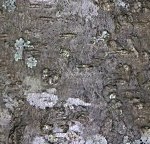 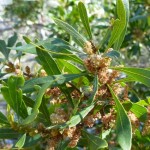 |
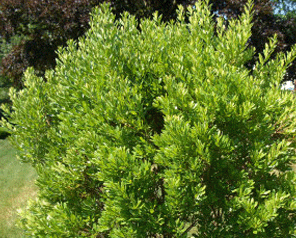 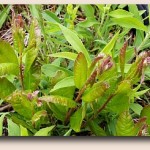 |
Bayberry Tree Bark and Bayberry Root
Family: Berberidaceae
Common Names: Southern waxmyrtle, waxberry, tallow berry, candleberry, tallow shrub, candleberry myrtle; (2) northern bayberry, small waxberry. Pipperidge (and Pepperidge) Bush, Holy Thorn, Sowberry, Berberry, Wild Oregon Grape…
Description
Bayberry is one of the best medicinal plants in America, with documentation back to the North American Indians using this plant for treating the liver. It is either a large shrub or a small tree. It grows in thickets near swamps and marshes and in the sand belt near the Atlantic coast and along the shores of Lake Erie. It can grow to 8 feet, its flowers are unisexual, it’s fruit is small groups of round berries, which are crusted with greenish-white wax. The leaves lanceolate, shining or resinous and are dotted on both sides.
Part Used: tree bark and root bark
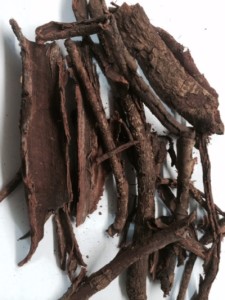
The bark is covered with a thin mottled layer and beneath is smooth red-brown cork. It has an aromatic aroma with the taste being bitter and acrid.
Harvesting/Drying
The bark should be harvested in late autumn, October to November. After it is dried and powdered, it should be kept in a dark well closed container.
Wild wax seeds can be harvested by hand or shaken into a canvas. The waxy coat can be removed by either a mechanical agitator or by rubbing over a dry screen. The fruit has a balsamic odor and can hang on a tree for several years.
Planting
These plants/trees prefer a moist soil and grow well in open areas that are will drained. Seeds are best sown as soon as ripe in the fall and placed in a cold frame. Seeds will germinate better if left in a cold stratification for 3 months. Plant out in late spring or early summer.
Cuttings of half-ripe wood, 5-8cm with a heel during July or August. Pot up during the winter and plant in late spring or early summer.
Wax seeds require stratification at 34-40 degrees F for 90 days. Then planted in 10-12 inches apart and covered with only a .25 inch of firmed soil. If planted in the fall use plenty of mulch.
 Root Buyer
Root Buyer